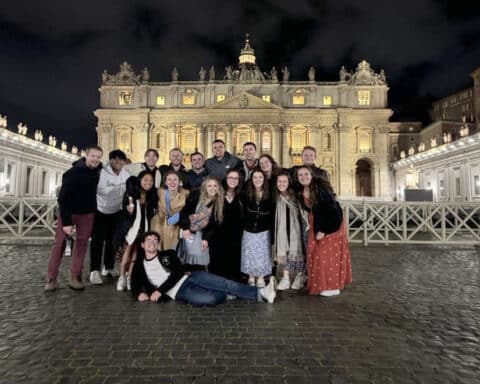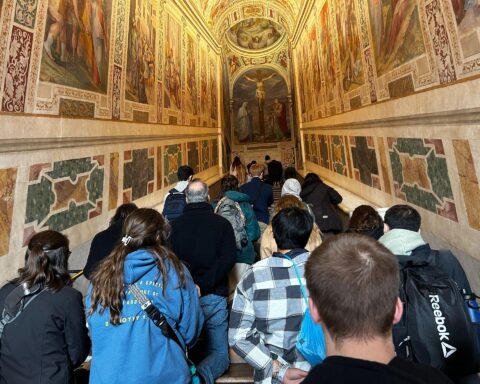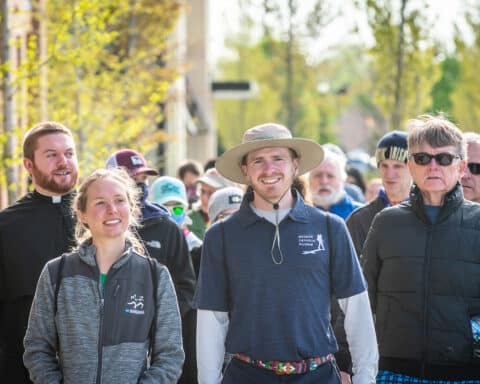Question: My understanding is that the Church did not formerly grant burial in consecrated ground to someone who committed suicide. When did this change and why?
—Amy Smith, Arlington, Va.
Answer: Yes, there were restrictions many decades ago. This has changed to some degree in recent years due to a greater sense that most suicides occur as a result of grave psychological distortion, emotional trauma or deep depression. As such, those who commit such suicides have a reduced culpability (blame-worthiness).
It is more commonly presumed today that those who commit suicide do not meet all the criteria for mortal sin. In particular, they may lack the freedom needed due to the compulsion of feelings or distorted, even psychotic thoughts. For similar reasons, they may also lack the due discretion and thoughtful consideration required for a sin to be mortal.
Thus, while suicide remains a grave sin, objectively speaking, there are often subjective factors that render the person less than guilty of mortal sin.
That said, a new trend is emerging known as “physician-assisted suicide.” In such cases, a person who is suffering to a significant degree seeks to end their suffering by asking a physician to actively kill them, usually by injecting lethal drugs.
This is a violation of the Fifth Commandment that prohibits killing. One is not morally free to take their own life since it is really not theirs; life belongs to God. Such suicide not only rejects God’s sovereignty but it also refuses the cross which Christ says is a necessary part of discipleship.
Such suicides also endanger the lives of others, because my “right” to die soon becomes your duty to die. The dignity of the elderly, the disabled and all who suffer is diminished and threatened by a mentality that such lives are not worth living. Those who ask for physician-assisted suicide commit a grave sin and are likely to die in mortal sin since they deliberately and after lengthy reflection choose to do what is gravely wrong.
While there is not currently a universal policy in the Church (since the issue is so new), Catholics who have recourse to physician-assisted suicide may justly be denied a public funeral and/or burial in consecrated ground since they sin gravely and cause scandal and potentially great harm to others.
Frankly, it is a very bad idea to commit grave sin as your last act on the way to the judgment seat. No Catholic should rightly support, assist or request physician-assisted suicide or any form of euthanasia for human beings. Thus, while suicides rooted in grave duress are often treated with compassion, physician-assisted suicide deserves little to none of this compassion or presumption that unrepented mortal sin is not incurred.
Daily pilgrimage
Question: What are ways that Catholics can work the rich spiritual tradition of pilgrimage more fully into our daily lives?
— Name withheld, Rockford, Ill.
Answer: Pilgrimage involves a journey to holy sites or places for prayer. The journey can be to distant places or more local ones. Pilgrimage in “daily life” could be as simple as a visit to a local shrine or parish, or even a visit to one’s own parish church for prayer or to celebrate the feasts of patron saints. While simple visits may be a form of pilgrimage, it is good to recall that the spiritual tradition of pilgrimage usually involves more than just going to a place. It also involves confession and communion.
Msgr. Charles Pope is the pastor of Holy Comforter-St. Cyprian in Washington, D.C., and writes for the Archdiocese of Washington, D.C., blog at blog.adw.org. Send questions to msgrpope@osv.com.




